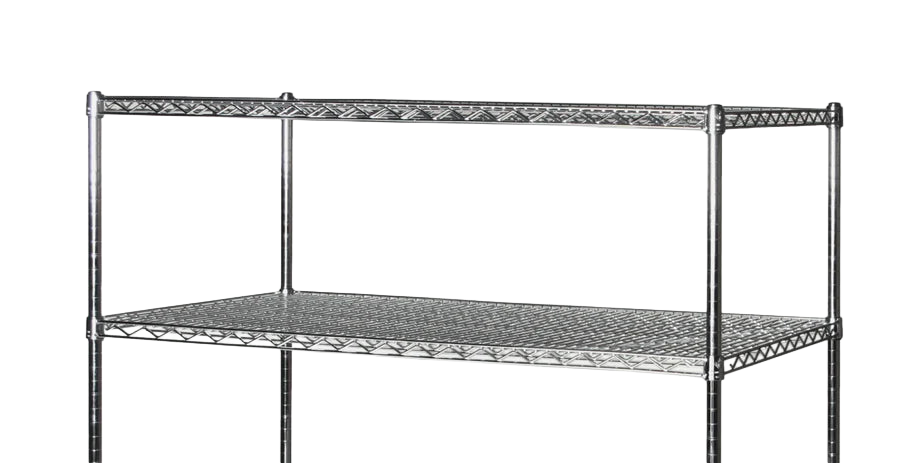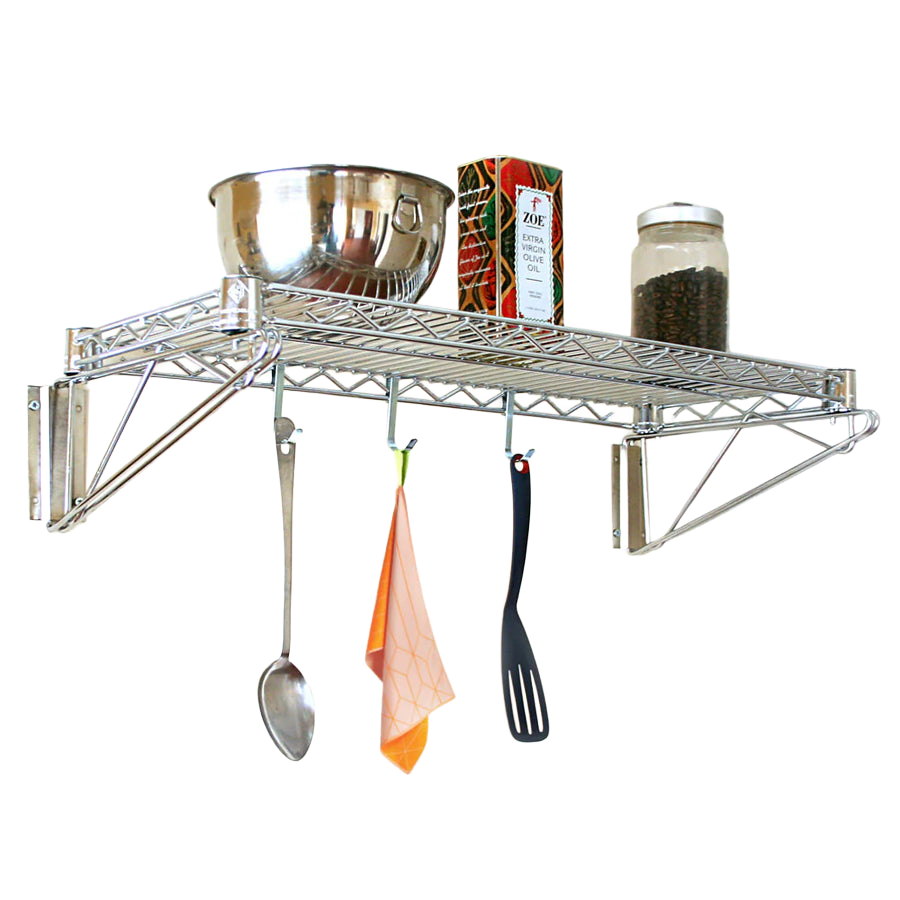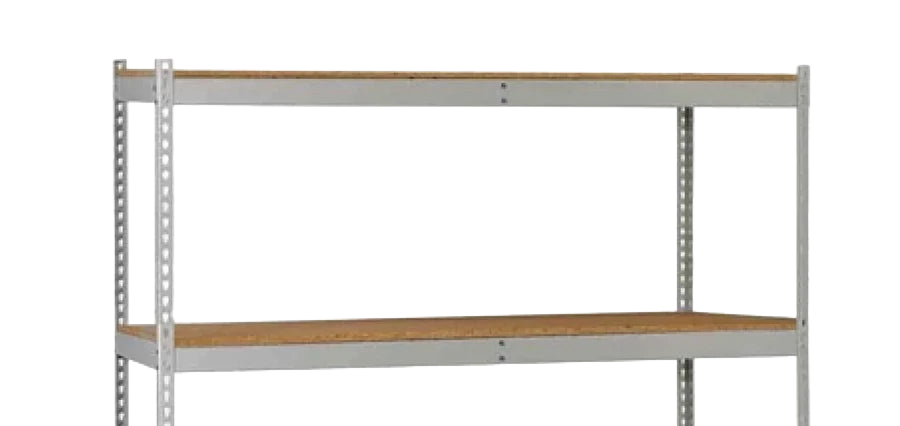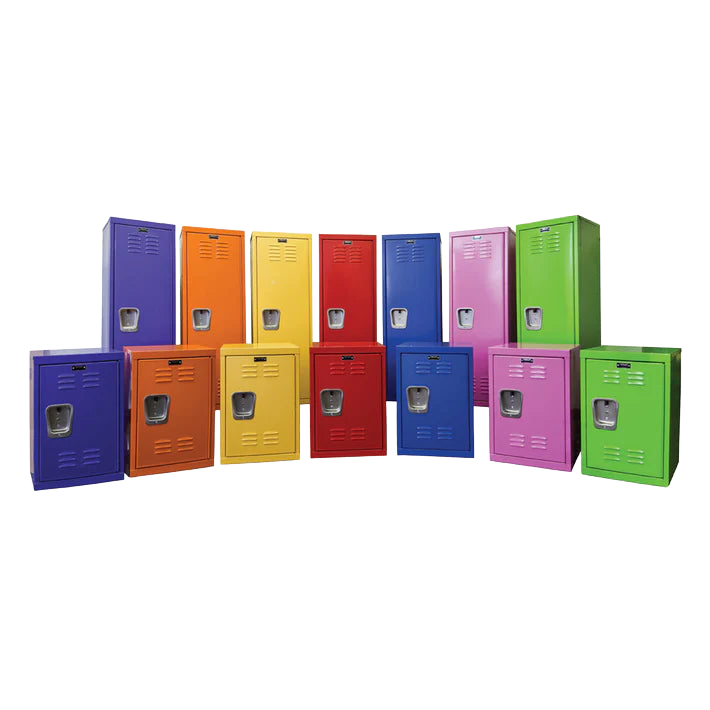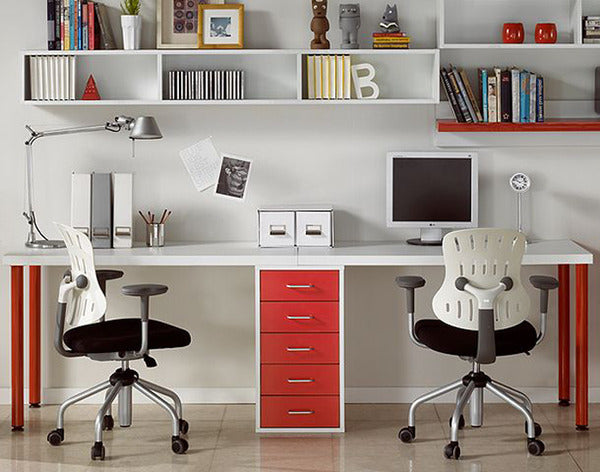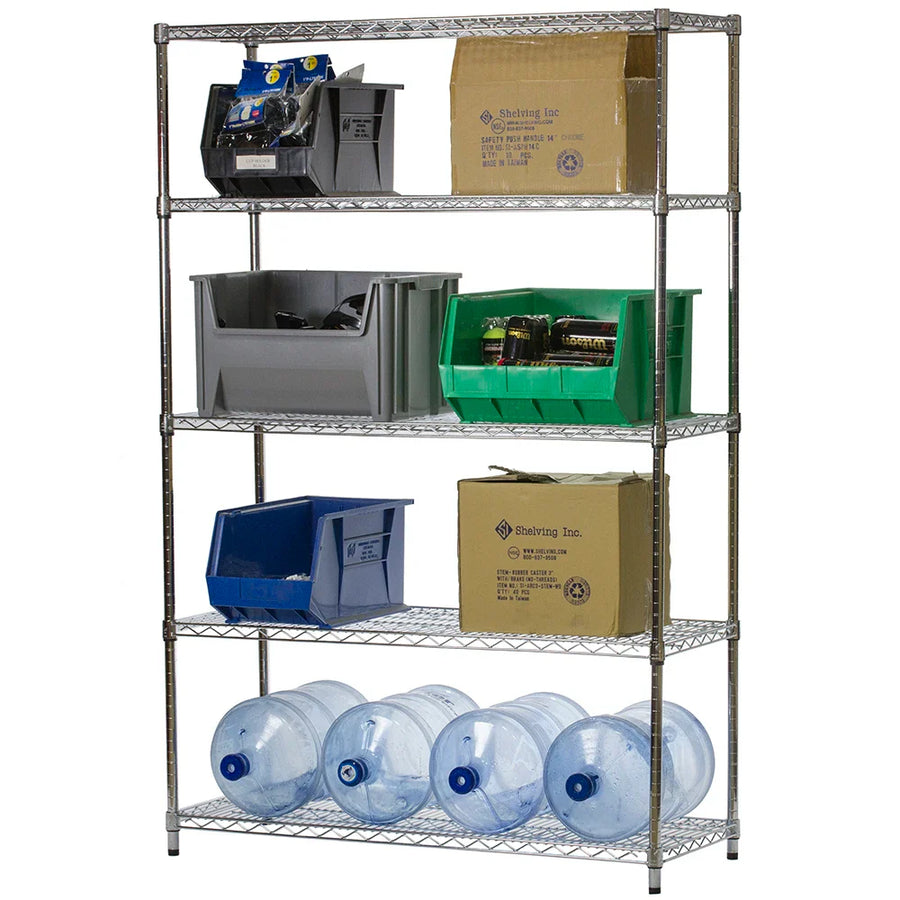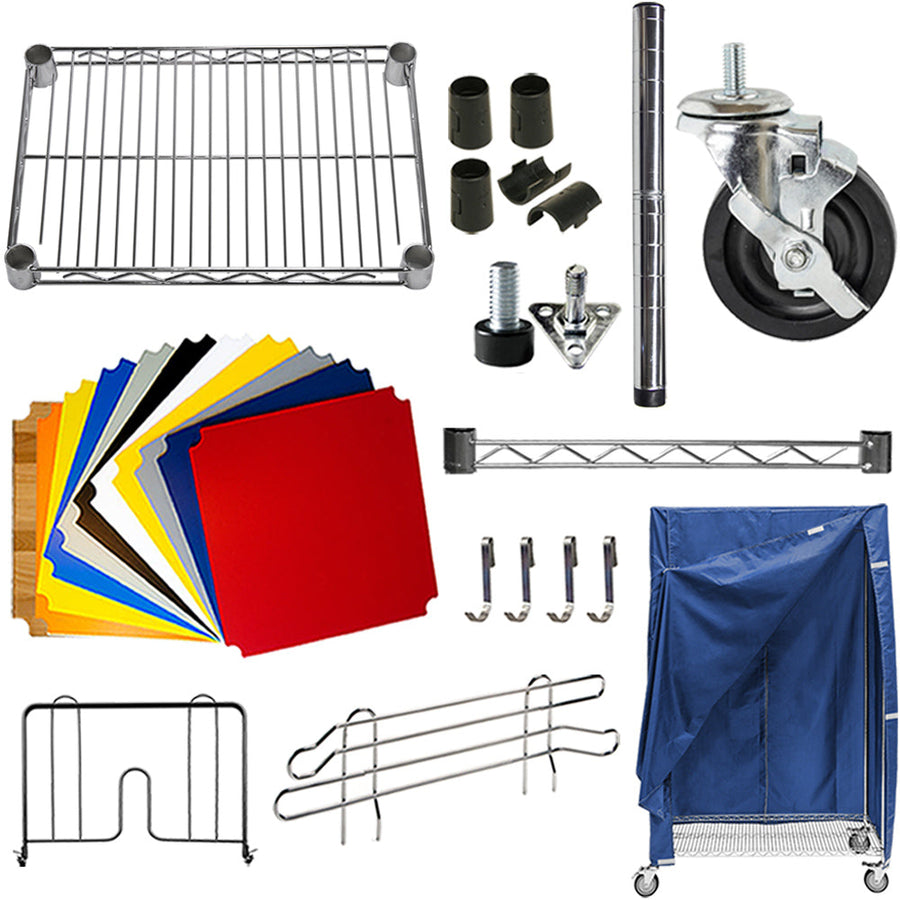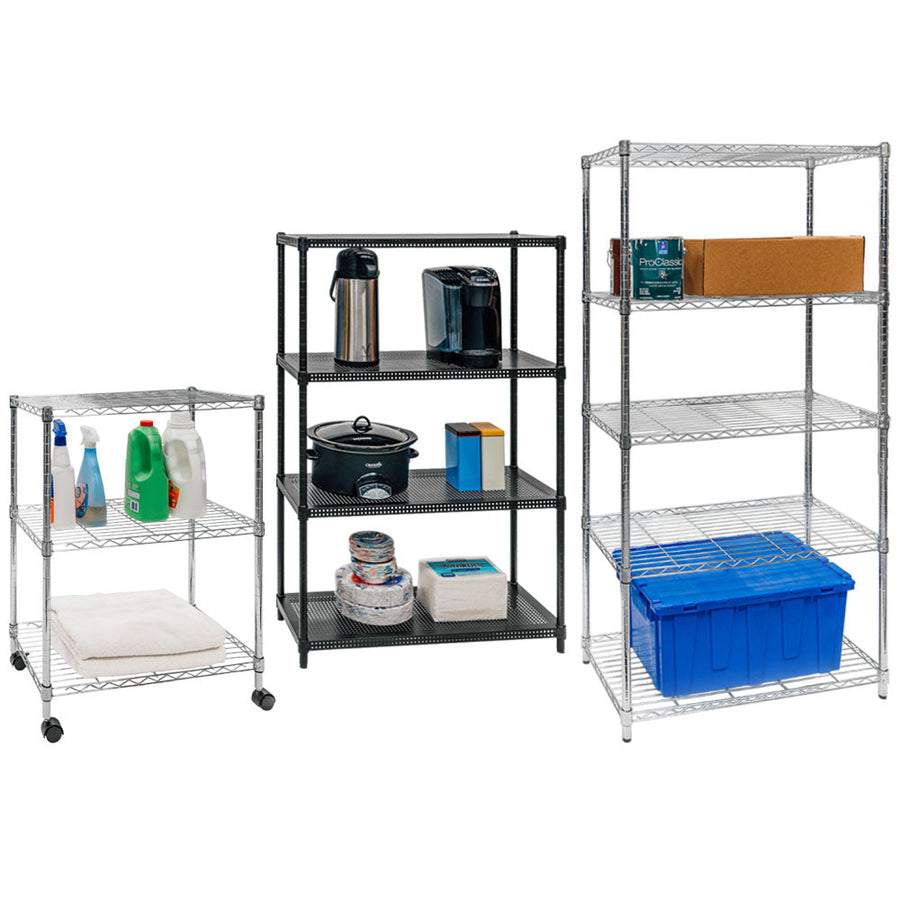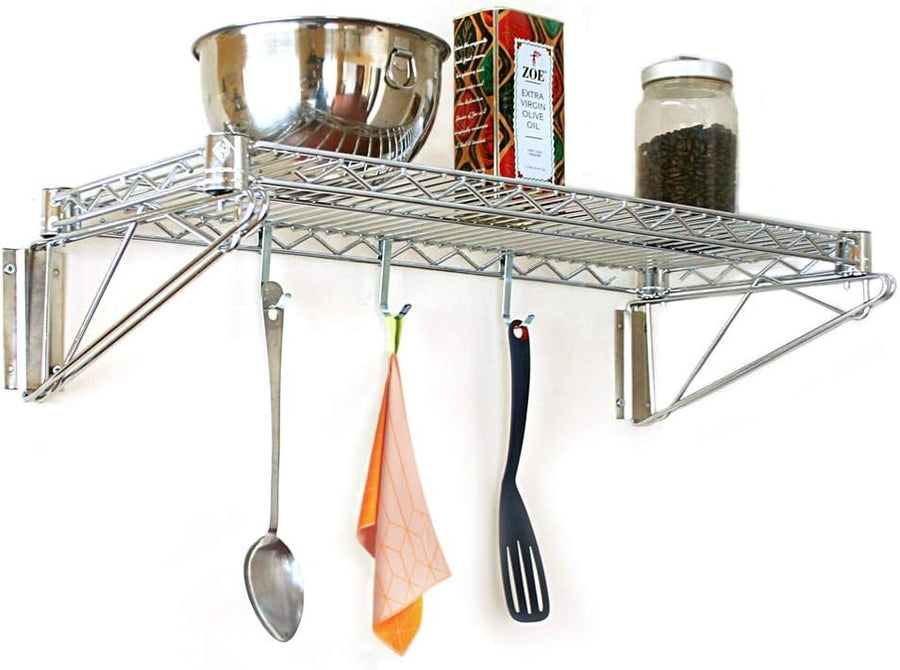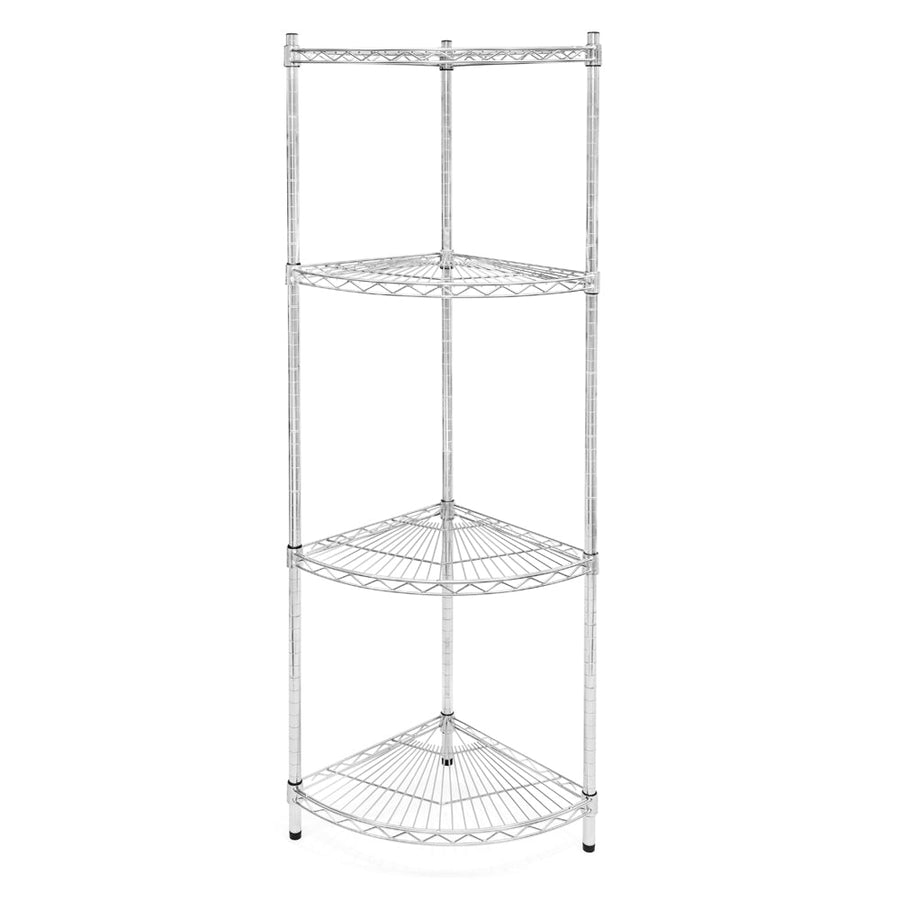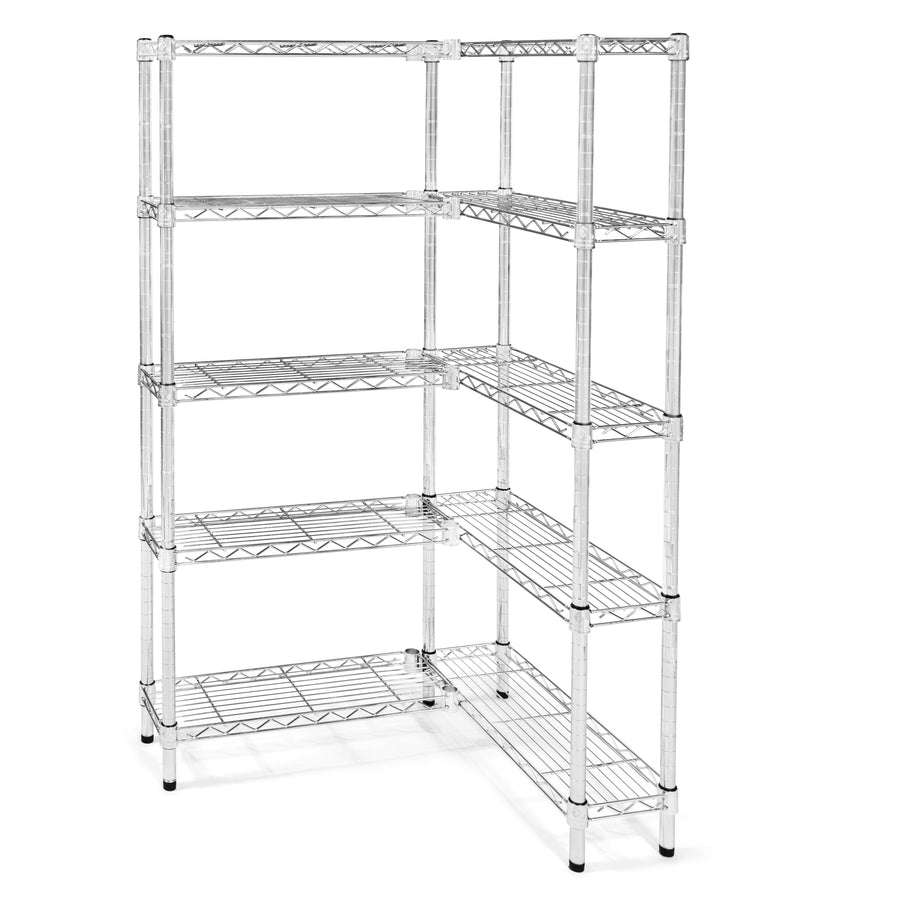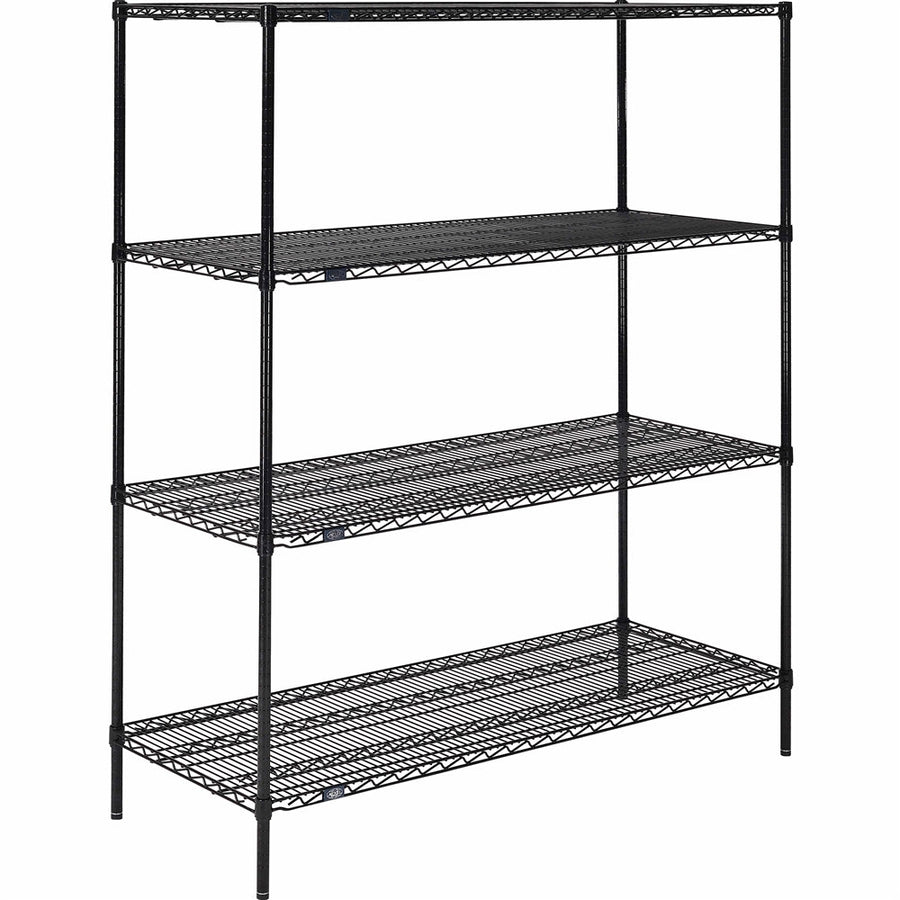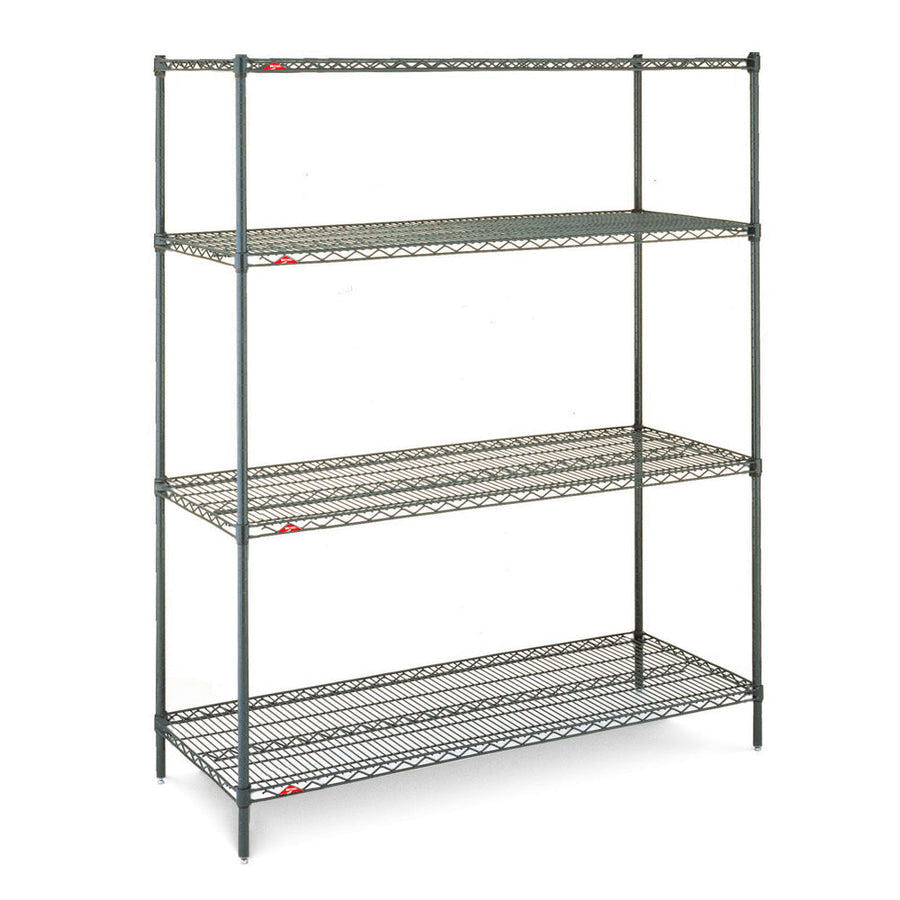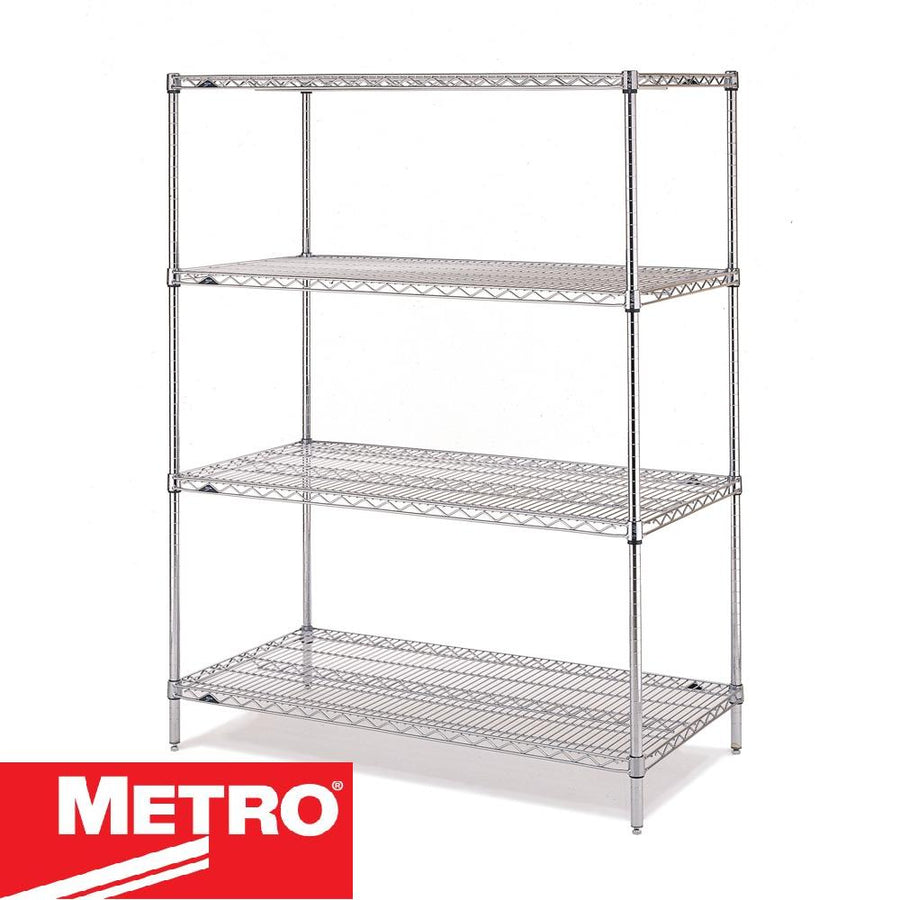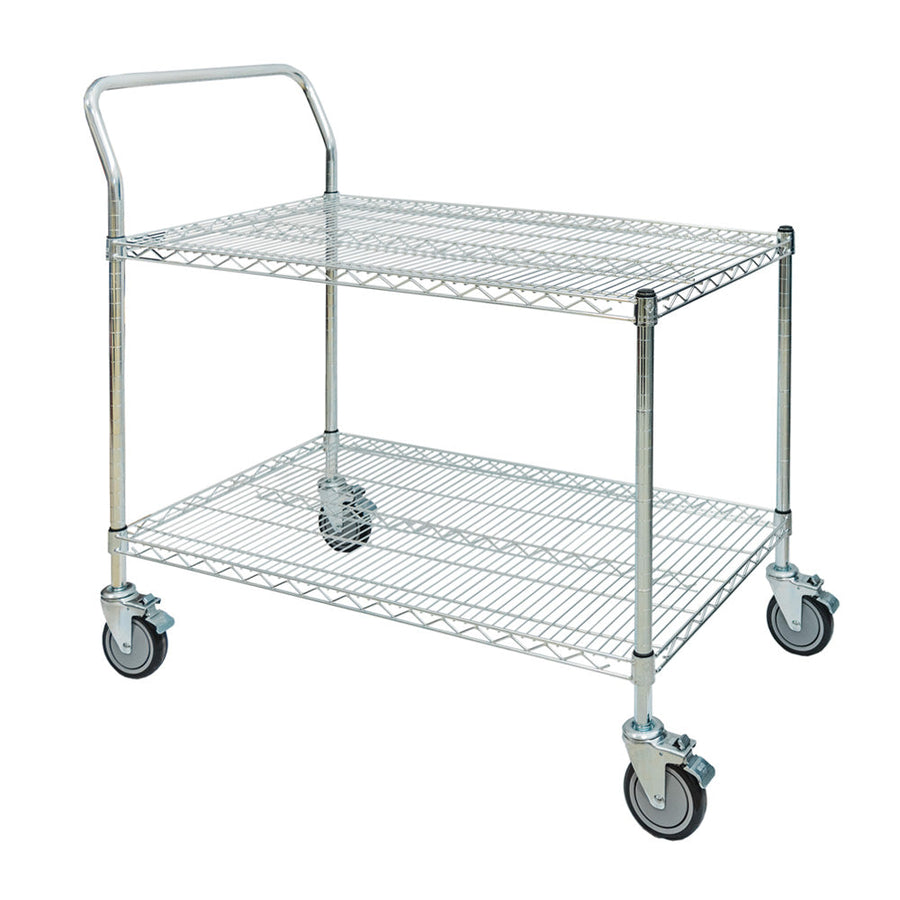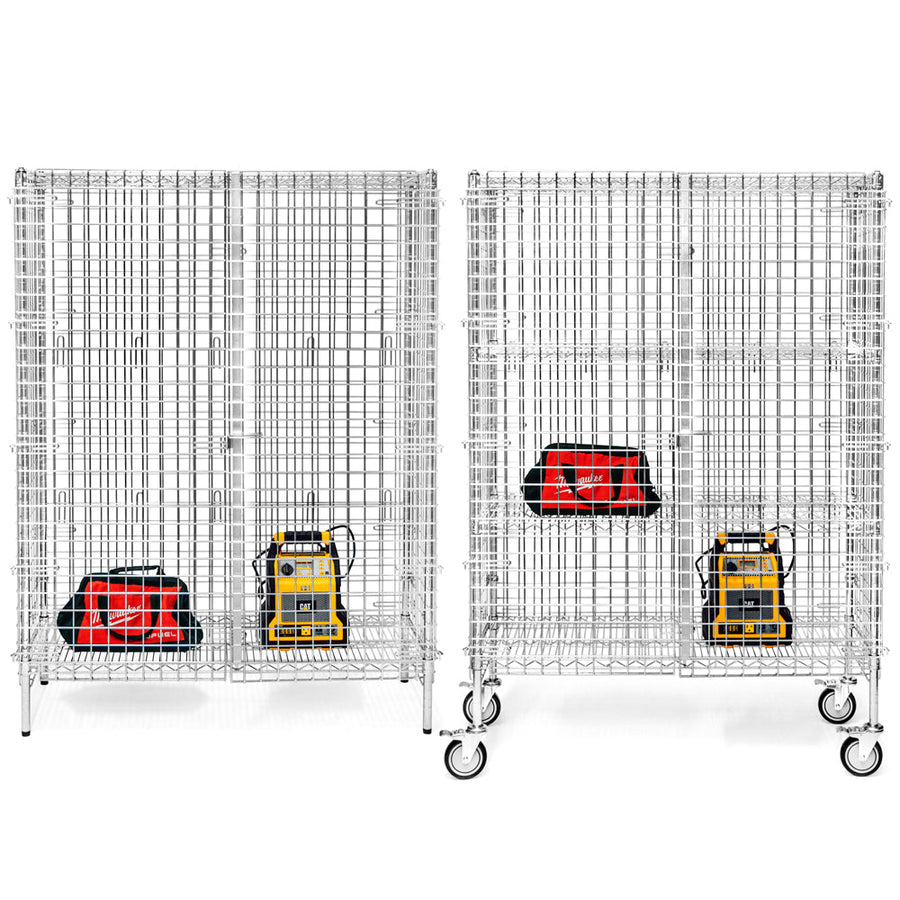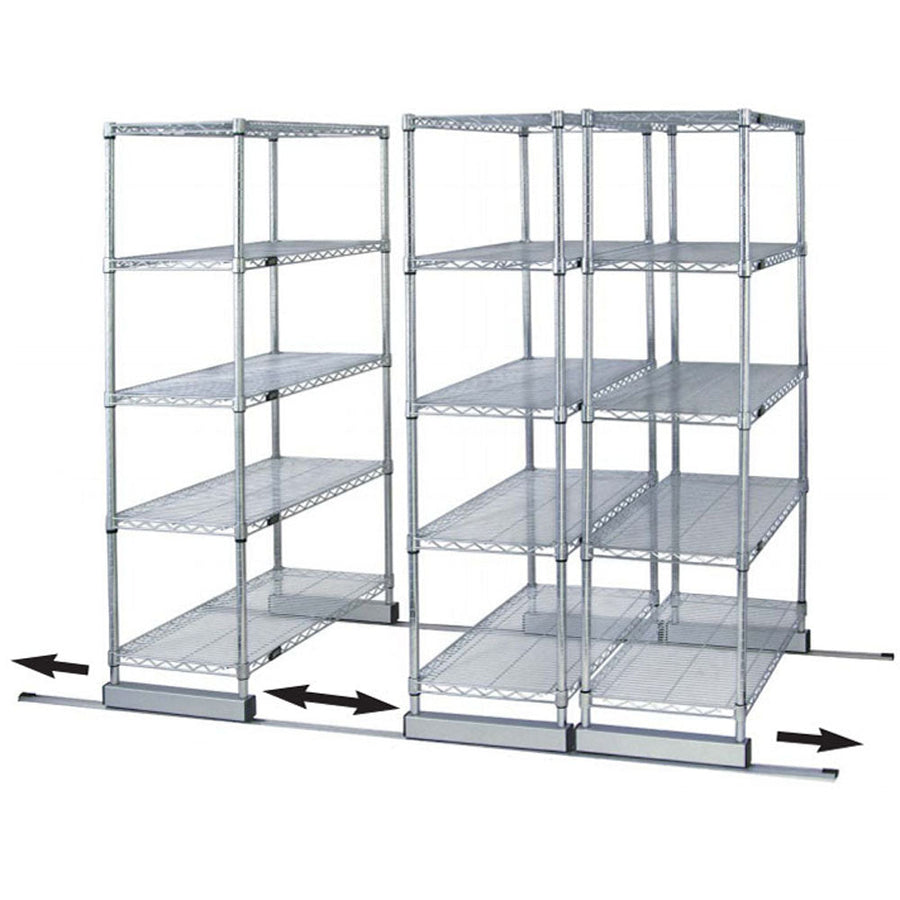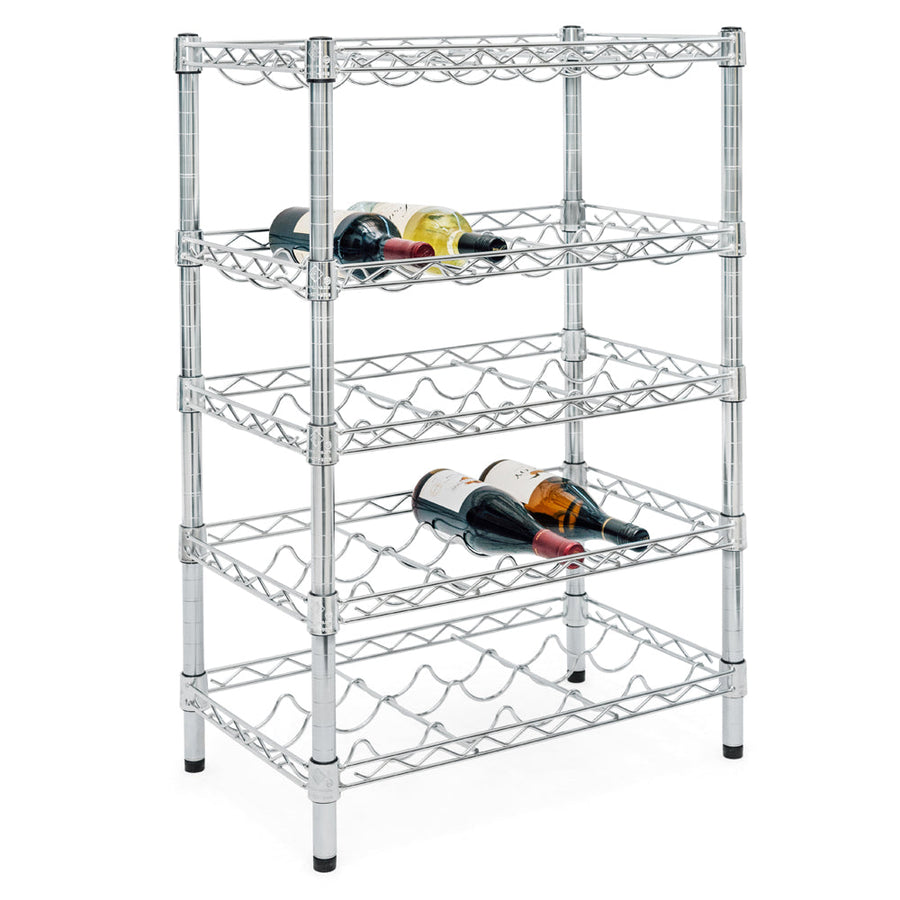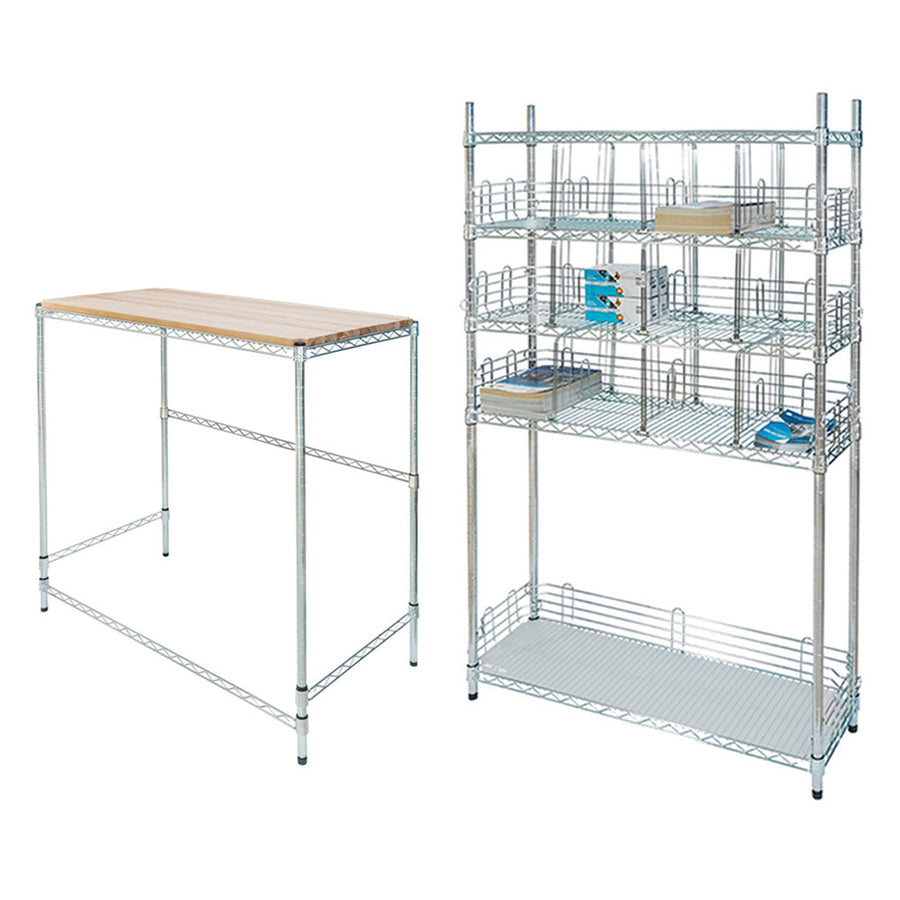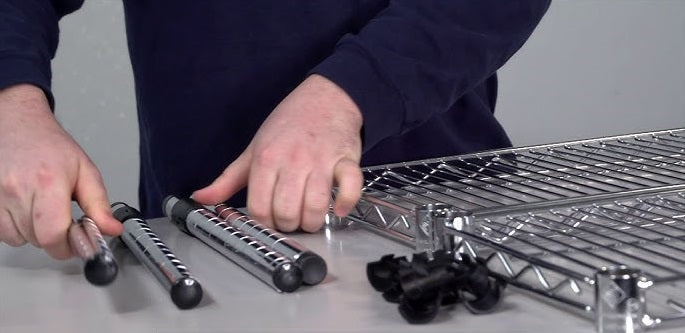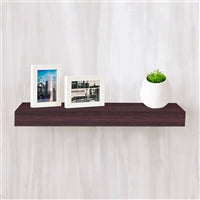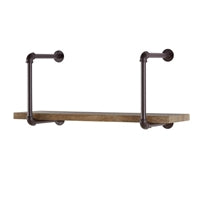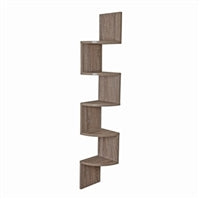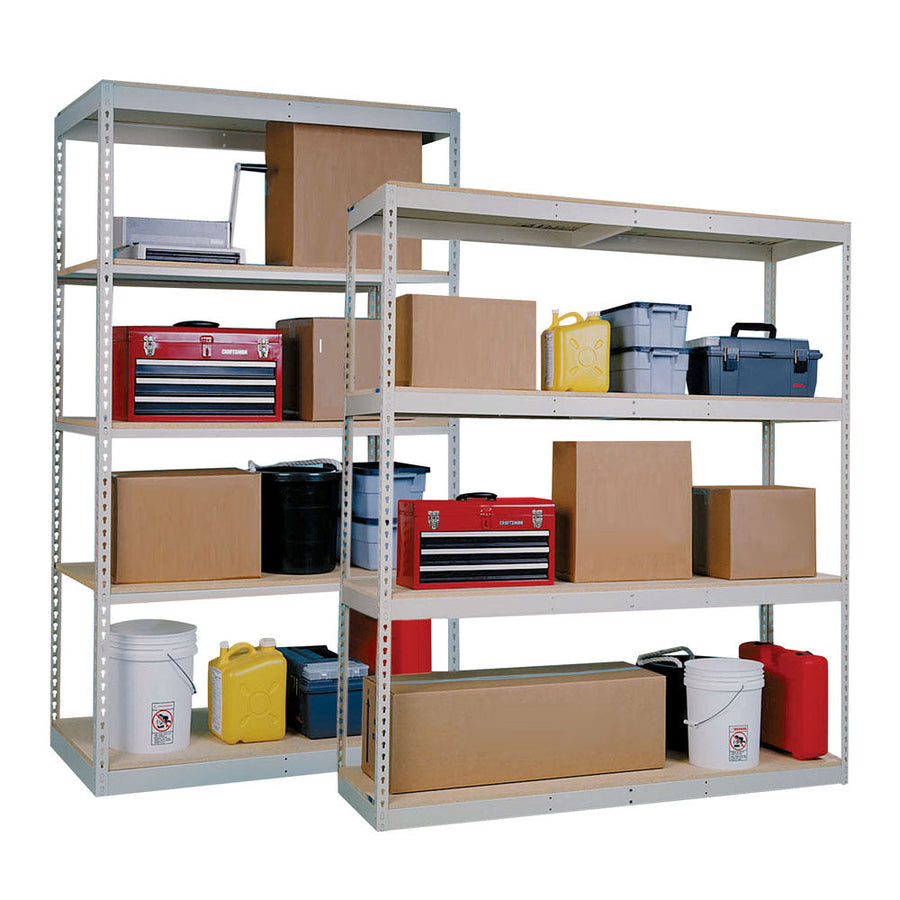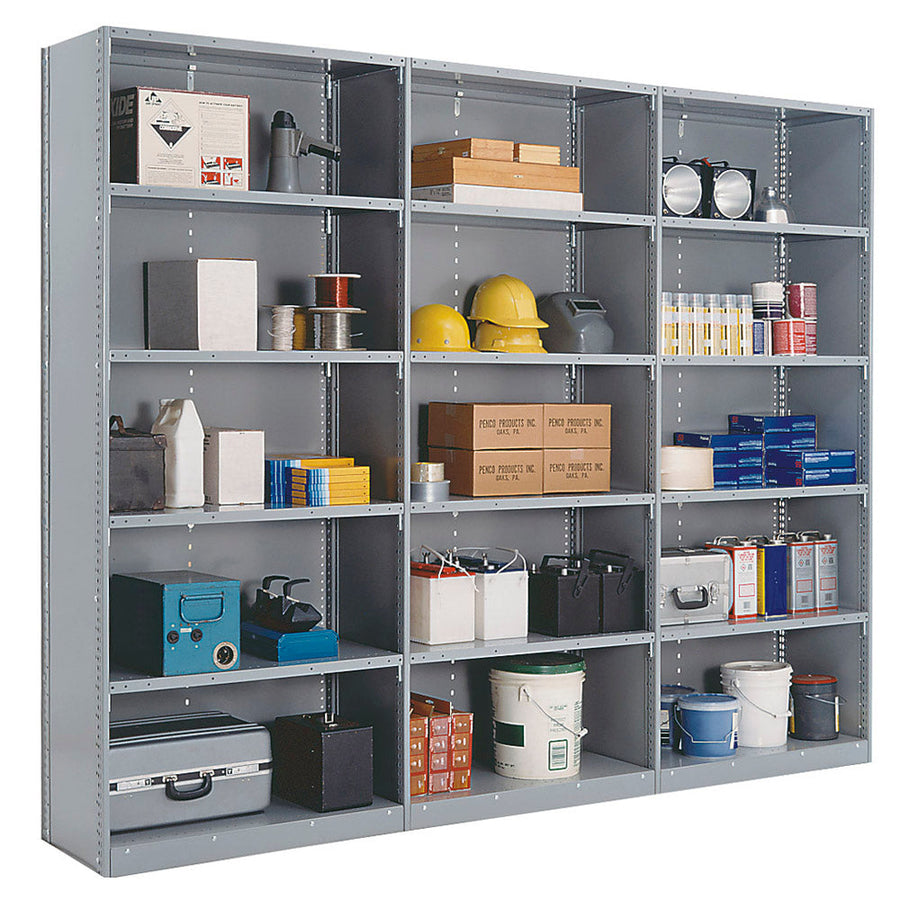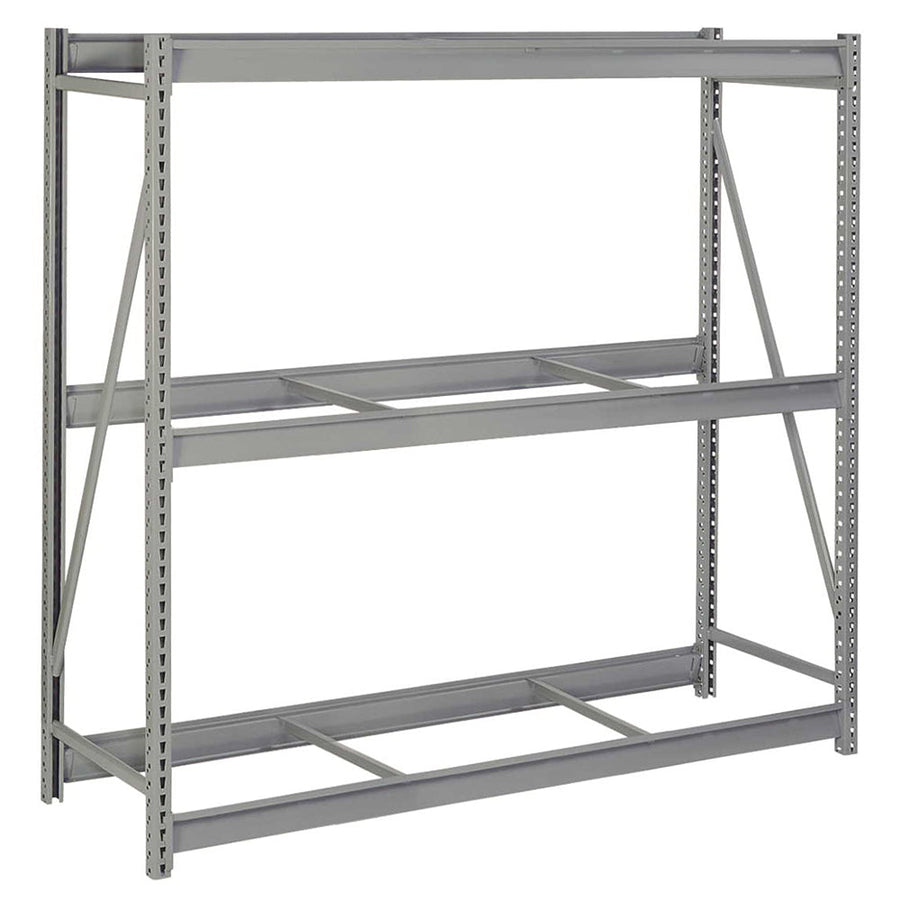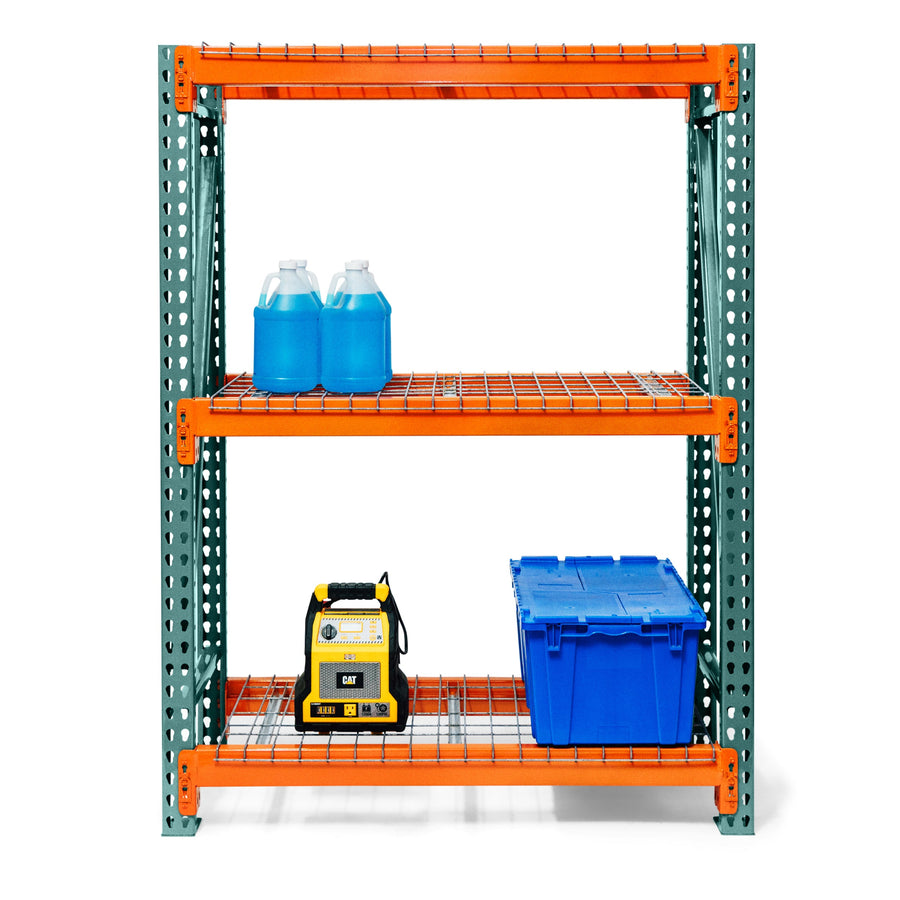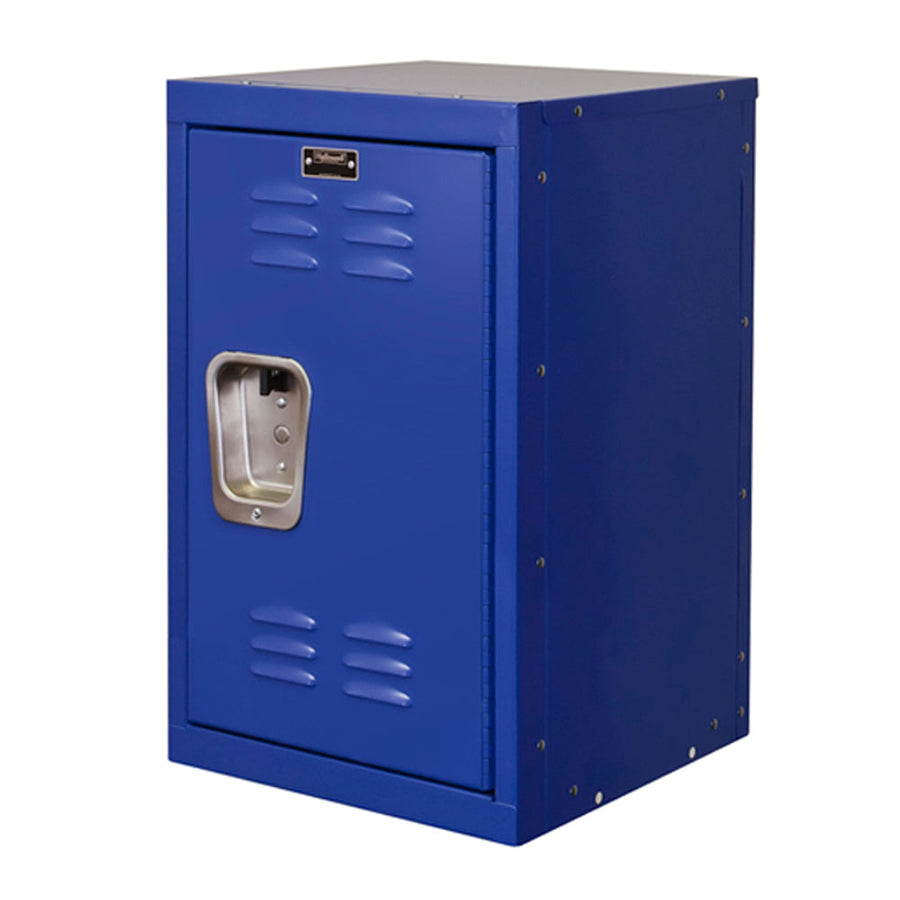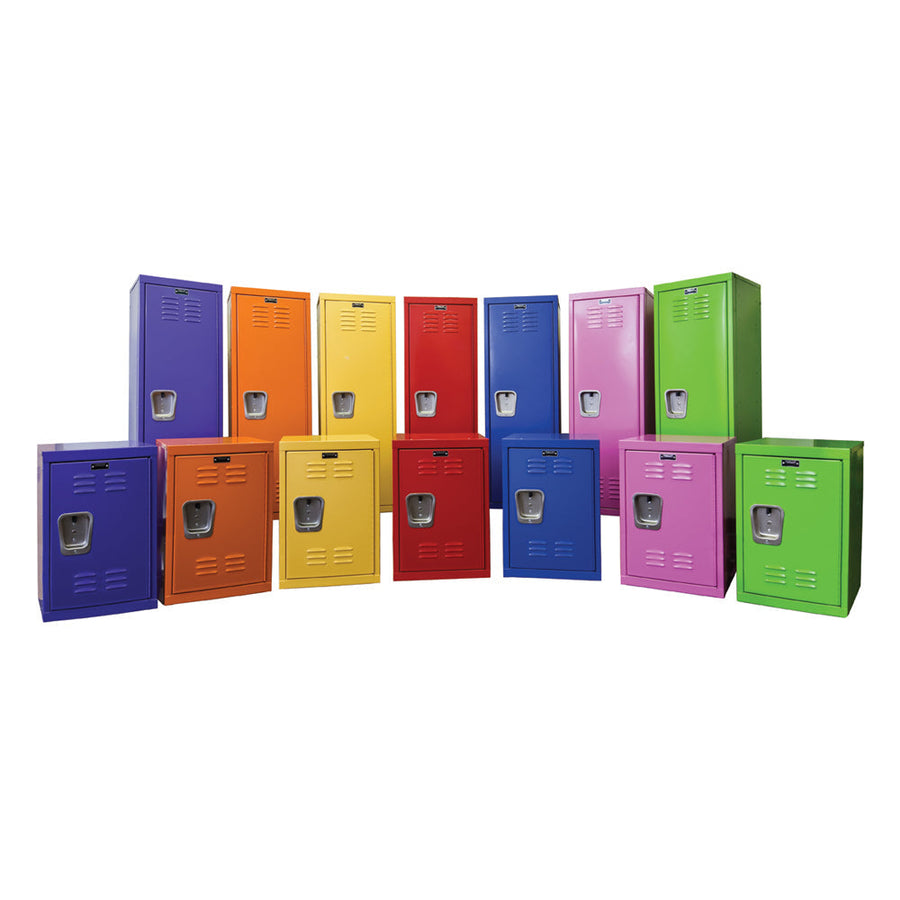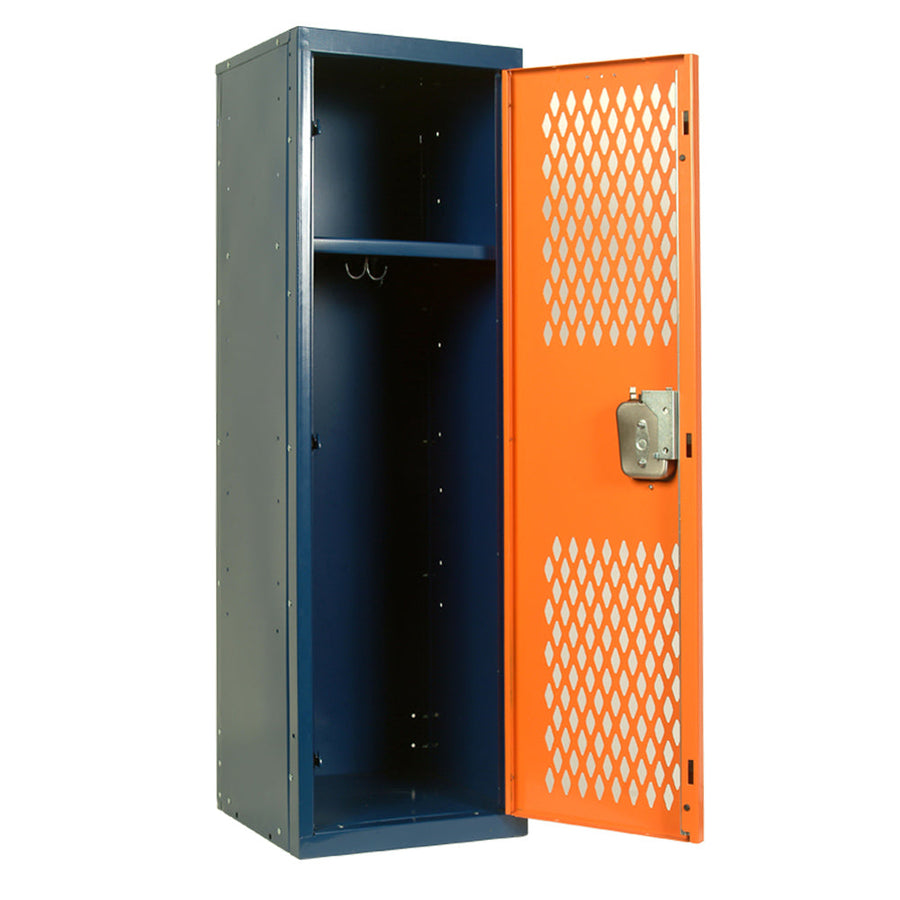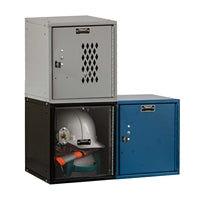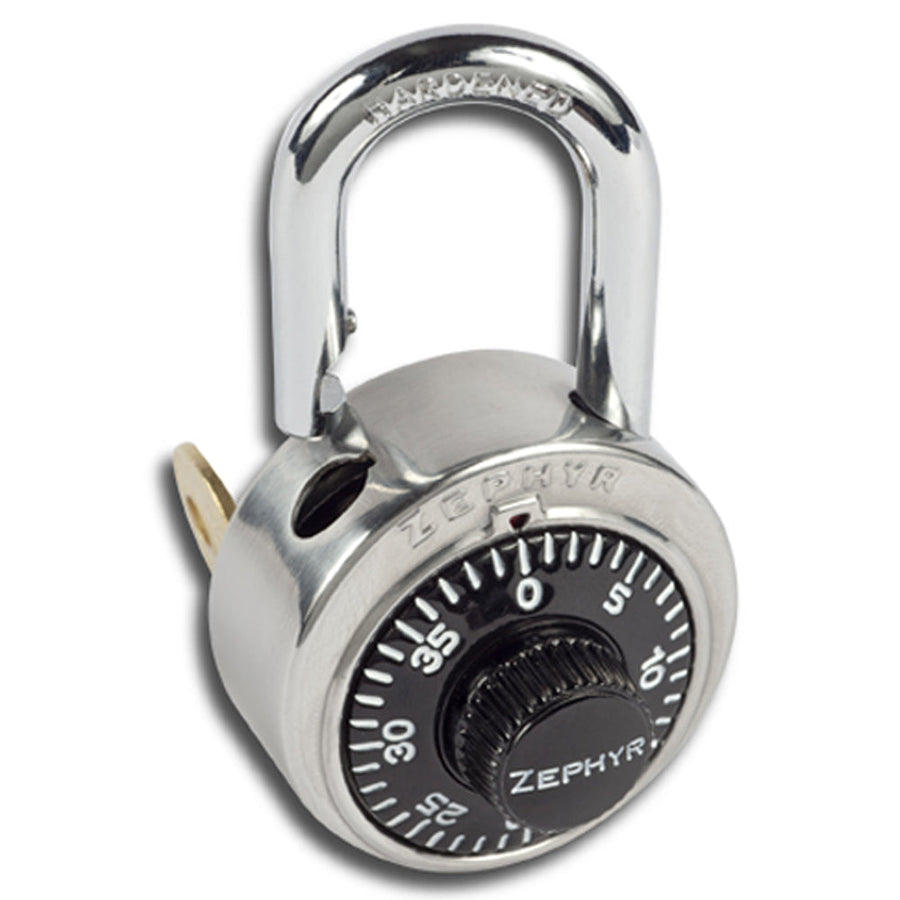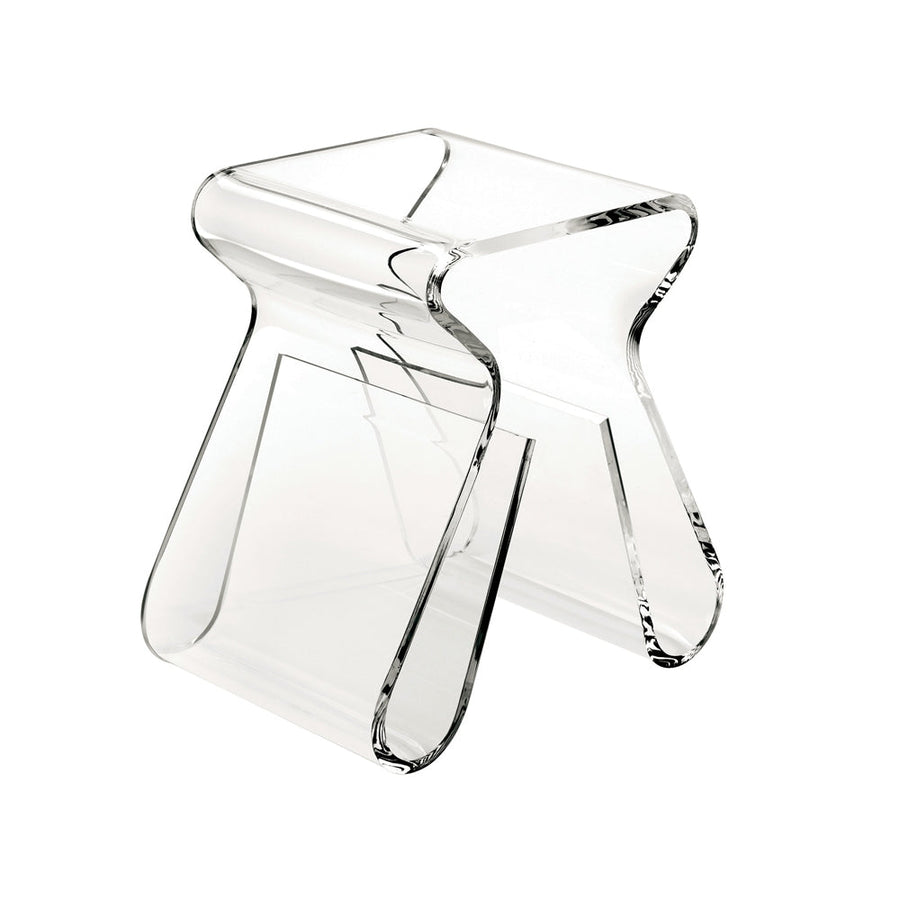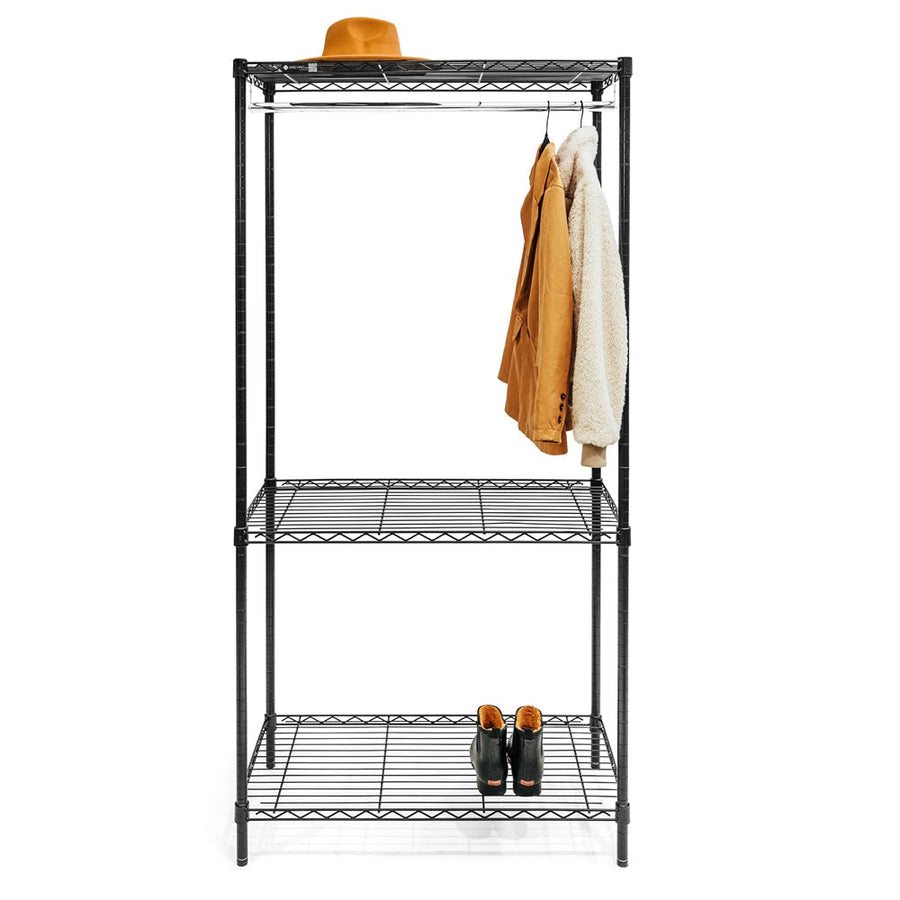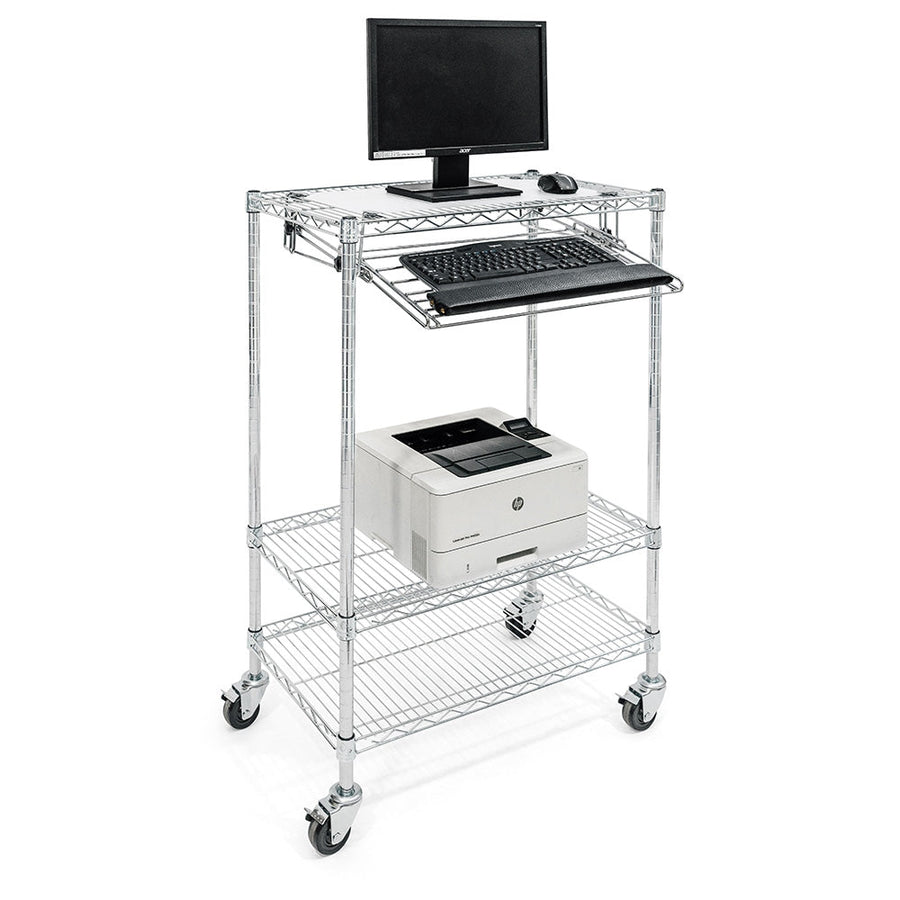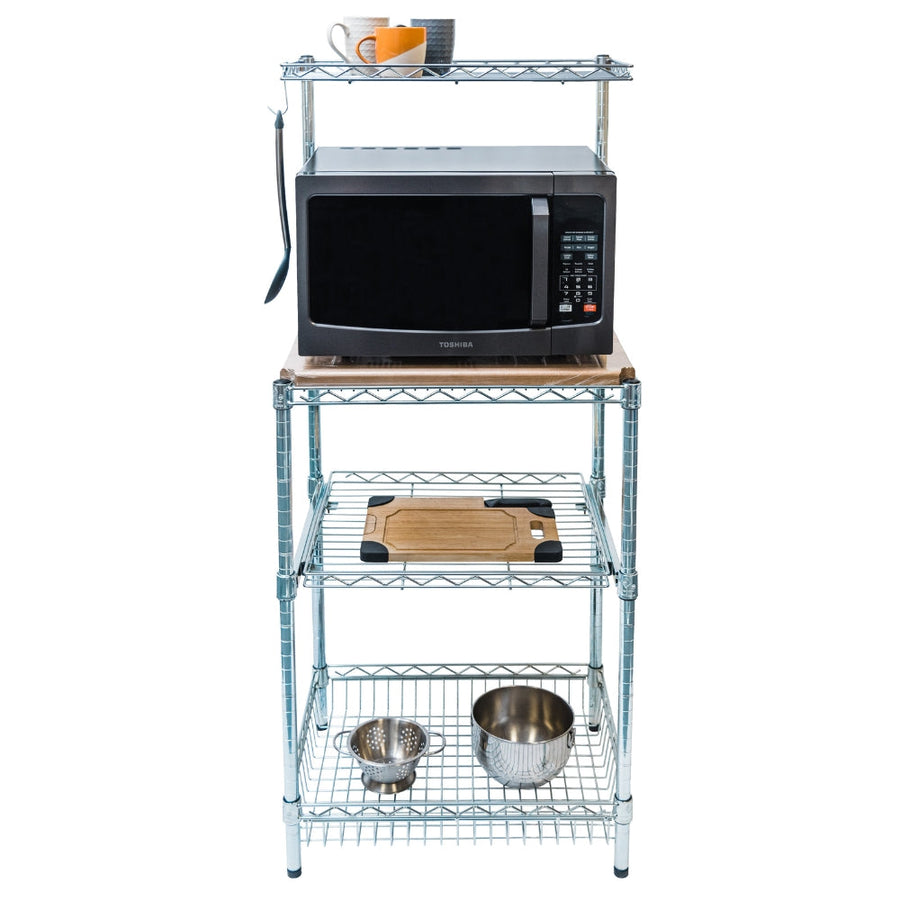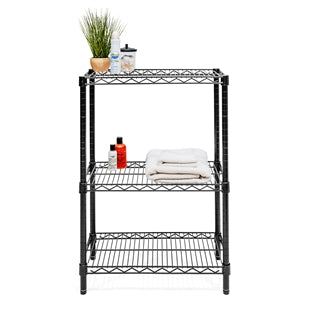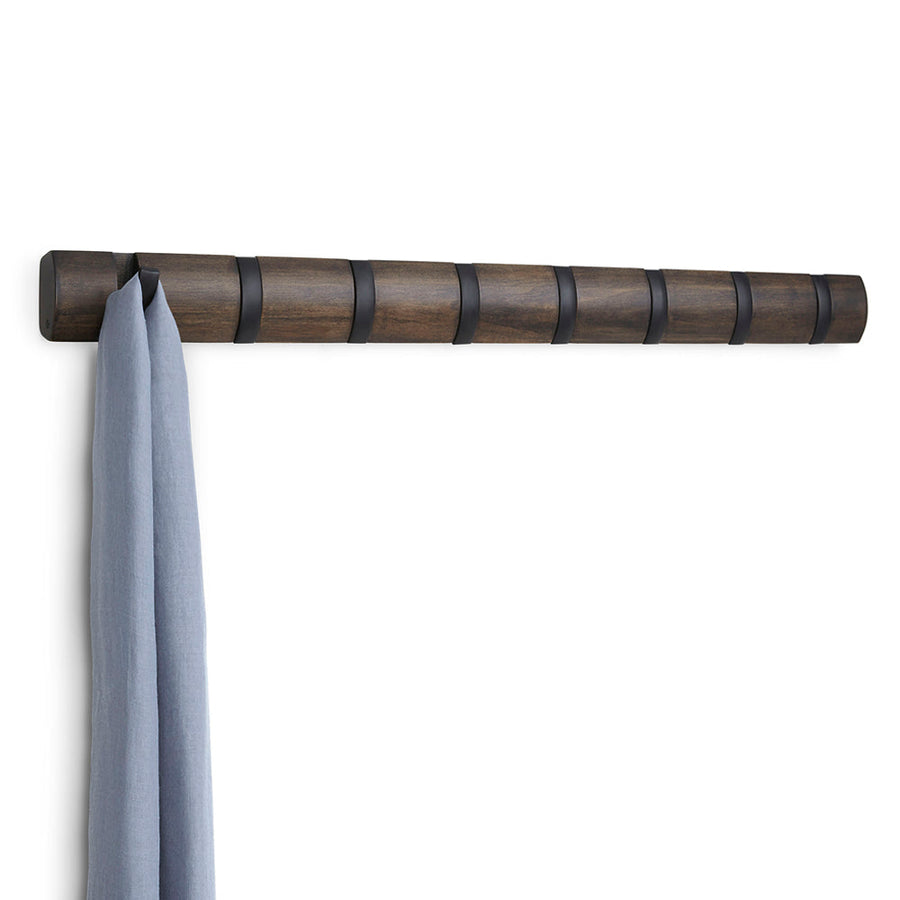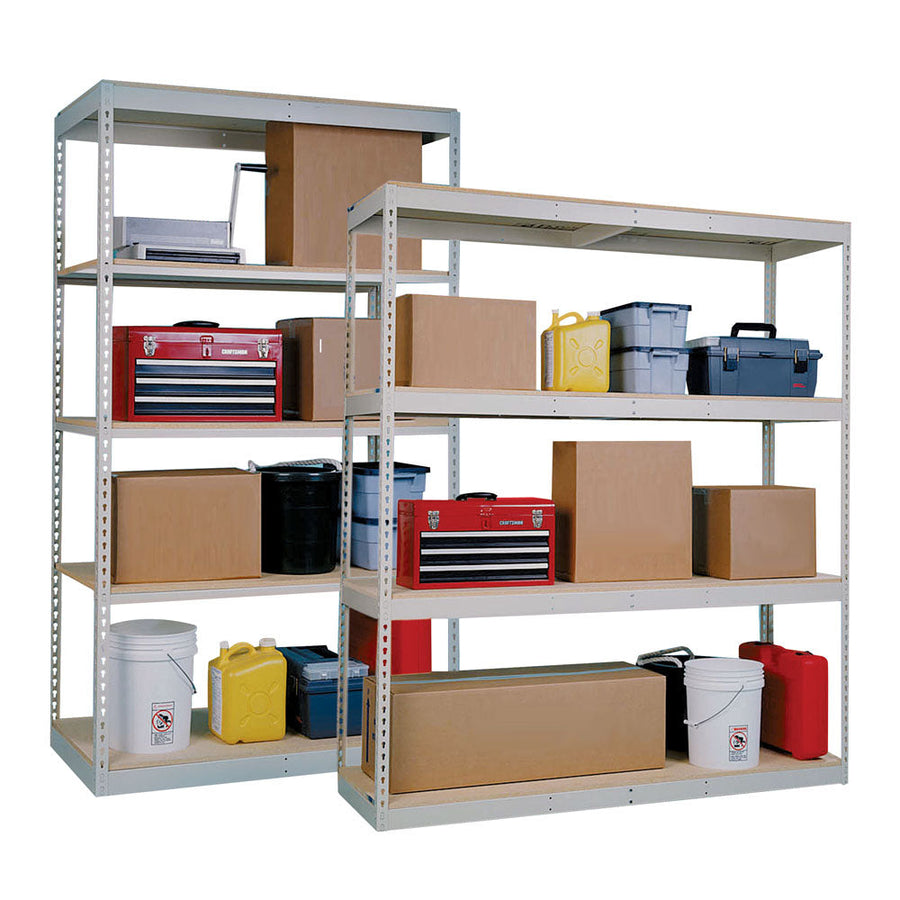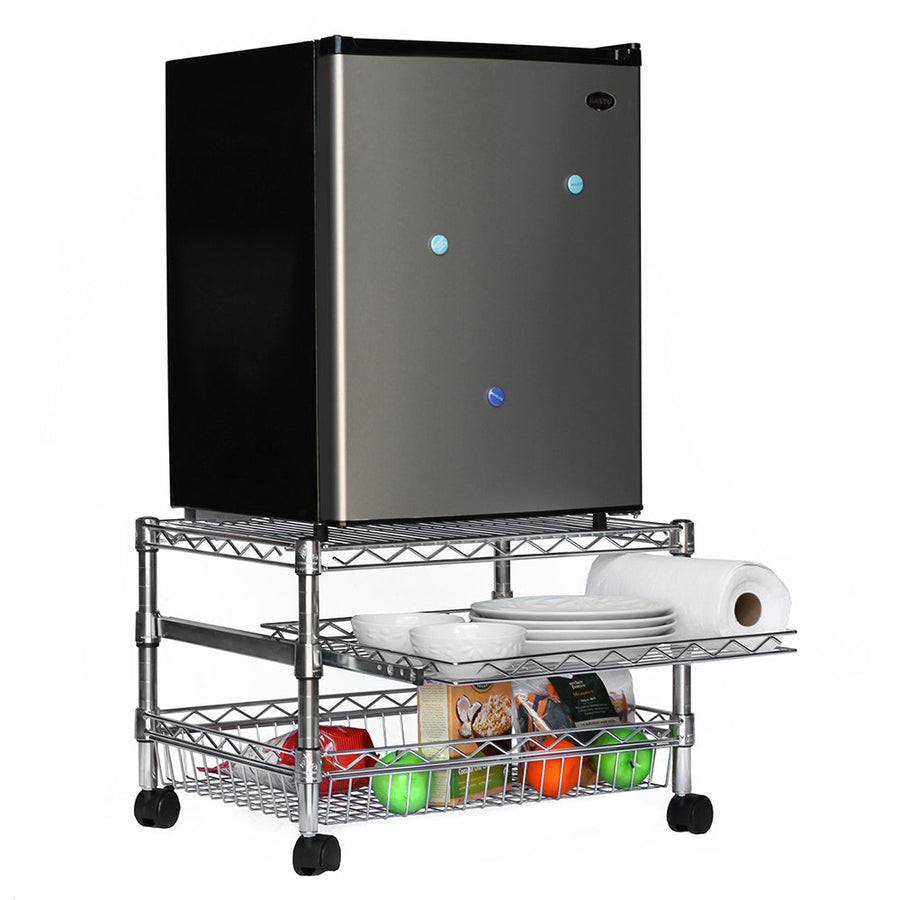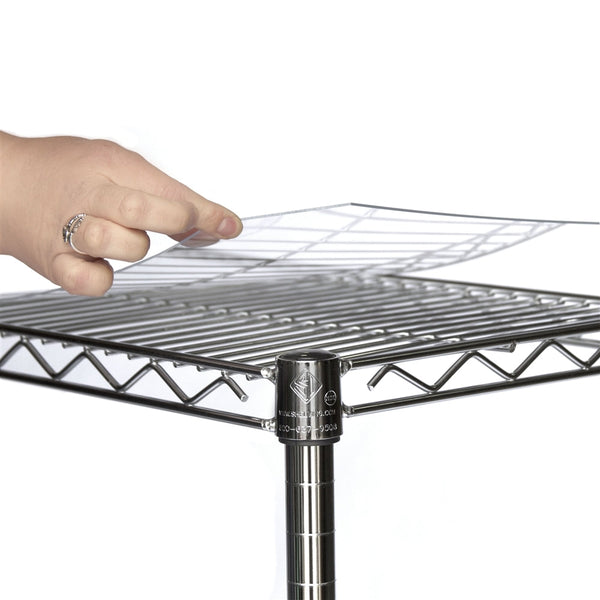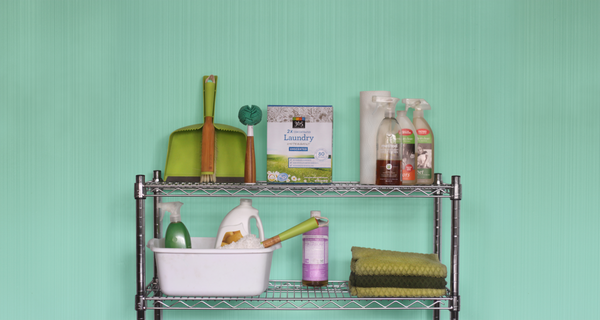There sure are a lot of tables out there, aren’t there?
And it seems like they all have a different use. Some are supposed to go in the bedroom, some are supposed to go in the living room, but you’re never too sure where each one of them should be used—and they’re all going to wind up covered in coasters and magazines eventually anyway, right?
However, for those among us that like to think they have a bit more flair for interior design, you might be surprised (or happy) to learn there’s actually intended uses and places for most of these tables! Today, we’ll look at two of the most common ones: end tables and accent tables!
End Tables
Let’s start with end tables. Most end tables are pretty standard and, well...table-ish in design; square top, two-to-four legs holding the whole thing up, nothing too shocking so far.
What separates them from other tables is, more often than not, their intended function. As fitting their name, end tables are often designed to fit compactly into the spaces near the end of other items, or at least out of the way. For example, a common place for end tables is to bookend a sofa by fitting into the smaller spaces between the sofa and other furniture and/or the walls. They’re also good at filling in unused corners of a living room with functional table space and making areas of the room feel less ‘empty.’
Of course, what end tables really excel at is just that: adding functional table space. End tables are designed primarily for usefulness, despite the number of shapes, sizes, and finishes they can come in, and are perfect for adding a useful flat surface to your living room in areas that might not be too reachable otherwise. Perfect for holding drinks, giving you a place to set your book when you’re done reading for the night, setting up some ring holders, and helping stop the remote from immediately getting lost.
Accent Tables
This brings us to accent tables! You’ve probably heard the “table” part of the name and jumped to a few conclusions—four legs, solid top, and so on.
The biggest difference here is that accent tables are typically intended as more decorative. Not that they aren’t perfect table-like settings to keep items such as coffee table books, but accent tables are made for the purpose of complementing the design of your living room, adding color or texture, or simply helping with the ‘flow’ of things in the room. Accent tables are great to park near coffee tables and chairs to improve or change the overall look of your living room or den, and are an awesome way to freshen things up without a lot of costly renovations or the hassle of furniture moves.
Do you decorate your living room with end tables or accent tables? Got any other fun ideas for living room furniture? Drop a comment below!
The Shelving Store
Stay in touch
The latest news & helpful info. Sign up and never miss an update.

